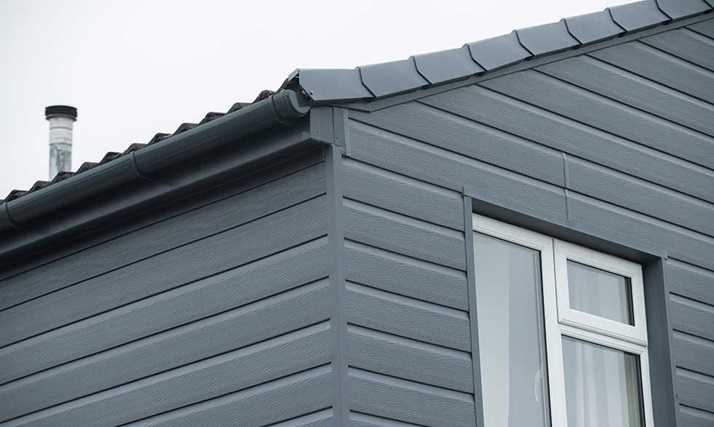To apply cladding is applying an additional layer of protection to your most valuable assets. Cladding is a traditional process of using wood, bamboo, metals, clay, vinyl and other materials when building homes to ensure more structural integrity, insulation and protection. To make your home resistant to violent weather changes and make it more eco-friendly, here is what you need to know regarding cladding.
1. Protection
Cladding can be seen as a form of reinforcement for your buildings and home, offering that additional layer of protection. Whether your home is wood, concrete or other materials, cladding is protection against first impact. Improving the structural integrity and securing your walls against weather and outside influences are all the benefits of cladding. Hail, harsh winds, debris, and smaller impacts are all absorbed by cladding with certain materials, and we’ll cover them in a bit.
2. Aesthetics
Cladding can be done to improve your exterior and add value to your property. While any cladding type is an investment that raises the price of your home, it can also pay for itself in the long run. But if you do cladding with glass, windows, brick or cement, you can also apply a decorative layer to your home. The initial construction can be done with something durable and robust, but to add appeal you can cover the house in glass or stone. The point of decorative and aesthetic cladding is to make a work of art and add curb appeal, but depending on the materials used, you can also gain a bit of protection.
3. Different materials
Cladding is versatile in application, where different materials can be used depending on your home location, size, purpose and environment. Cladding can be done with recommended and quality copper cladding in Sydney, glass, concrete, wood, other types of metal, aluminum, unplasticized polyvinyl compound (UPVC), bricks, rain screens and many others.
To determine which type of cladding is ideal for your home, you should always consult experienced and professional experts in the field, who can give you an honest estimate. Once done with preparation, applying cladding is only a matter of time. Since your home can only have one type of cladding, it’s always recommended to take your time in researching for the best choice.
4. External vs internal
Internal cladding can be just as effective as its outside counterpart. The methods and techniques used in exterior cladding are all available inside your home. The only difference is that interior cladding is best used for when you wish to water or soundproof a room inside your home.
Your bathrooms are the easiest example, where using panels can be a better alternative to tiles, faster and cheaper. Kitchens can benefit from partial cladding, and if you have a recording room, studio or a home theatre, then soundproofing the room with cladding is the method to apply!
5. Insulation
Cladding adds an extra layer to your home, making your walls thicker and eco-friendly. Any cladding material prevents heat from escaping or entering your home. Added layers of protection stand between you and cold, winds and elements from the outside, making you use less electricity to heat or cool your home. Just as you apply insulation materials, cladding is the layer on top of your insulation. Even if you have no insulation added, cladding alone can serve as some form of protection. The initial cost of cladding can be deducted from the savings you’ll make with lesser gas or electricity bills.
The ecological impact of cladding is best felt in parts where there are hot summers and harsh winters because cladding helps maintain your home temperature. With less heat escaping outside or inside, cladding balances the outside temperature with your home. While it’s not ideal as a sole means of energy conservation, it goes a long way in helping you create an energy-friendly home.
With cladding, you’re investing in a better future for your home and its inhabitants. Cladding makes your living conditions better, your bills lower and adds value to your property. The age-old tried and tested methods are valid today, standing the test of time and doing wonders for your home. The sooner you realise the benefits cladding offers and apply them to your home, the sooner you can enjoy its benefits.





